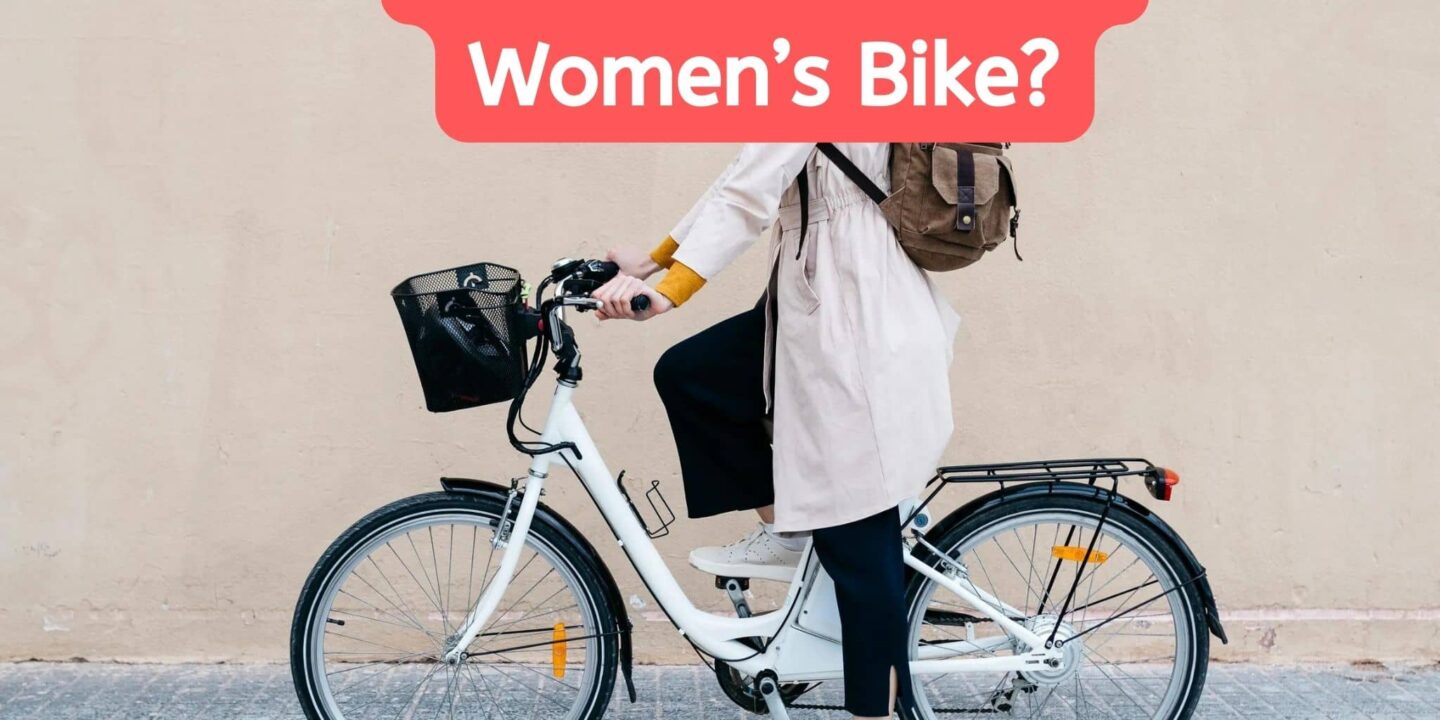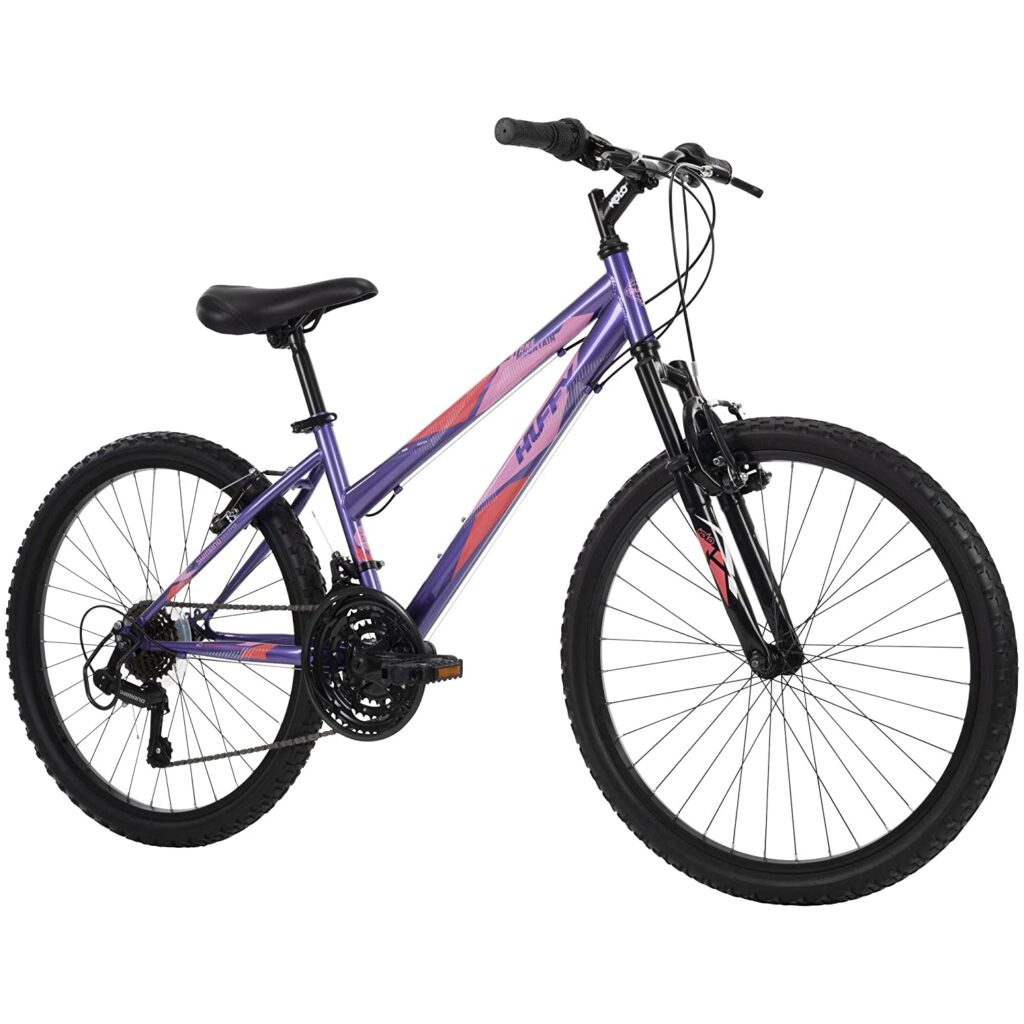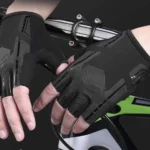
For decades, the debate about whether a man can ride a women’s bike has persisted, with passionate arguments from both sides. In this article, we will delve into the pros and cons of this controversial issue, allowing readers to form their own opinions.
At first, it may appear to be a trivial question – can’t anyone ride any bike? However, when you consider the nuances involved in designing a bike for a specific gender, including components, frame geometry, and sizing, it becomes evident why this is such an important topic for cyclists. The right fit can make a significant difference in both comfort and performance.
Throughout this article, we will explore all aspects of the debate, from the features that make a women’s bike distinct to whether men should contemplate riding one. We will also take a closer look at the viewpoints of experienced riders. Ultimately, this article aims to provide readers with an informed opinion and a better understanding of how to choose the appropriate bike for themselves or their loved ones.
So, let’s get started and examine this issue in greater depth.
Table of Contents
Differences Between Men’s And Women’s Bikes

Women’s bicycles typically have a shorter top tube than their male counterparts, making it easier for shorter riders to mount and dismount without stretching or contorting themselves. Additionally, the lower stand-over height on women’s bikes can make them more comfortable for riders when stopped at intersections or traffic lights. Handlebars designed specifically for female riders, with a wider grip area and slimmer tubes, as well as smaller wheels and tires, are other differences.
These design features provide riders with greater stability while riding, making it easier to navigate turns and curves. The narrower frame also offers better control, which can boost the confidence of novice riders on the road or trail. Moreover, women’s bikes often come with additional accessories such as baskets or racks that can make carrying items more convenient when commuting from one place to another.
Given these benefits, it is clear that opting for a women’s bike over a men’s model can be advantageous – particularly for shorter riders who may feel uneasy on taller frames or larger wheels.
Pros Of Riding a Women’s Bike
Riding a women’s bike can offer numerous benefits in terms of pedaling power and poise. Women’s bikes are specifically designed with features that make them advantageous for petite riders in particular. Below are four favorable elements to consider when choosing a women’s bike:
- Size: Women’s bikes usually come with smaller frames compared to men’s models, which makes it easier for petite riders to find the perfect fit. The narrower handlebars on women’s bikes provide more comfortable control over the bike.
- Weight: Women’s bikes are made up of lighter materials that make them easier to ride and maneuver over all types of terrain. This lighter weight also makes it less strenuous to lift and carry the bike when necessary.
- Seating: The seat on a women’s bike is often wider and shaped to fit the contours of a woman’s body, providing more comfort while pedaling. This is particularly beneficial for longer rides.
- Accessories: Many women’s bikes come with built-in accessories such as baskets or racks, making it easy to customize your ride for commuting or leisurely cycling around town without having to purchase additional parts or hire someone else for installation.
These features combine to create an overall experience that can be both ergonomic and enjoyable for female cyclists looking for something specifically tailored to their needs and preferences as riders. However, it’s essential to consider potential drawbacks of choosing a women’s bicycle over a men’s model. In the next section, we’ll delve into some of these potential disadvantages to help readers make an informed decision about which type of bike is best suited to their needs.
Cons Of Riding a Women’s Bike
Men who are considering riding a women’s bike should be aware of the drawbacks associated with it, despite the perks that come with it. One of the main issues is the frame size, which is designed to accommodate women’s shorter legs and torsos. As a result, finding an appropriately sized women’s bike can be challenging for taller men. Even if a man manages to find a bike that fits him reasonably well, the frame geometry may still make him feel uncomfortable or awkward while riding it.
Moreover, women’s bikes often come equipped with features that may not be beneficial for male riders. These features include smaller handlebars and lighter components, designed specifically for female cyclists. To make a women’s bike suitable for their needs and preferences, men may need to invest in additional parts or accessories.
To ensure an enjoyable ride, men should carefully consider the challenges associated with riding a female-focused bicycle. They should understand the obstacles in advance and make informed decisions about what’s best for them. Making modifications can help overcome the challenges associated with riding a women’s bike. Nonetheless, men must be aware of the drawbacks before hopping aboard.
Adjustments to Adapt a Women’s Bicycle for a Man’s Use
When modifying a women’s bike for a man, it’s crucial to consider factors like the rider’s size, weight, and strength. This will help ensure that the bike is not only comfortable but also functional and safe to ride.
The first modification to consider is adjusting the reach of the handlebars. This can be done by replacing the stem or adding an adjustable stem with spacers. Additionally, the height of the saddle should be adjusted to be level with the hips when seated on the bike. If necessary, the seat post can be replaced with a longer one to achieve this. It’s also important to ensure enough clearance between the top tube and crotch to facilitate comfortable and efficient pedaling.
Moreover, components such as cranksets, shifters, brakes, tires, and pedals should be evaluated and replaced if necessary to better suit the individual rider’s needs. These modifications will help ensure safe biking for all.
After making these modifications, it’s important to consider safety when switching to a women’s bike. This includes understanding the differences in handling, weight distribution, and center of gravity compared to a typical men’s bike. Proper safety gear should always be worn, and riders should start slowly to get a feel for the bike before riding in more challenging conditions.
Safety Considerations
Switching from a men’s bike to a women’s bike can be a great option for some male riders, but it’s important to understand the differences between the two types of bikes and make necessary modifications for comfort and safety. Here are four key points to consider:
First, ensure that the bike fits properly by adjusting the frame size and handlebar position to achieve maximum comfort.
Second, consider replacing components such as the saddle or pedals to ensure a proper fit. Women’s bikes typically have shorter top tubes than men’s bikes, so it’s important to make sure any new parts fit correctly.
Third, ensure all brakes and shifters are in proper working order before embarking on a ride. Malfunctioning components could lead to danger if an emergency stop needs to be made.
Fourth, take time to get used to riding on a women’s bike before tackling challenging trails or roads with traffic. Begin by practicing in an open space and gradually building up speed as confidence grows.
Guidelines for Selecting the Appropriate Women’s Bicycle
Lastly, think about what type of riding you plan to do. Are you looking for a road bike for long-distance rides, a mountain bike for off-road trails, or a hybrid for a bit of both? Consider the terrain and conditions you’ll be riding in, as well as your own experience level, to choose the right type of bike.
Once you’ve considered these three key factors – components, size, and type – you’ll be well on your way to choosing the perfect women’s bike for your needs. Remember, taking the time to choose the right bike will make all the difference in your riding experience.
To Sum Up
To summarize, while it is possible for a man to ride a women’s bike, it’s crucial to recognize the variations between men’s and women’s bicycles. Women’s bikes can still be a viable option for men if they choose a bike that suits their body type and riding preferences. Adjustments may need to be made to ensure the bike fits appropriately and is safe to ride. In the event that the bike still does not feel right, there are other options to consider, such as unisex or step-through frames.
Moreover, it’s worth noting that women’s bikes can offer a more comfortable riding experience for men due to their lighter weight and smaller frame size. The primary advantage of riding a women’s bike is the ability for male riders to obtain a bike that caters to their unique needs and preferences. With some modifications, such as adjusting the stem or raising the handlebars, male riders can achieve a comfortable ride on any bike.
Ultimately, when selecting a bike, male riders should not hesitate to try different types to determine which one best suits their needs. Regardless of whether they choose a men’s or women’s frame, all cyclists deserve a bike that fits them perfectly, allowing them to enjoy their ride while staying safe.








